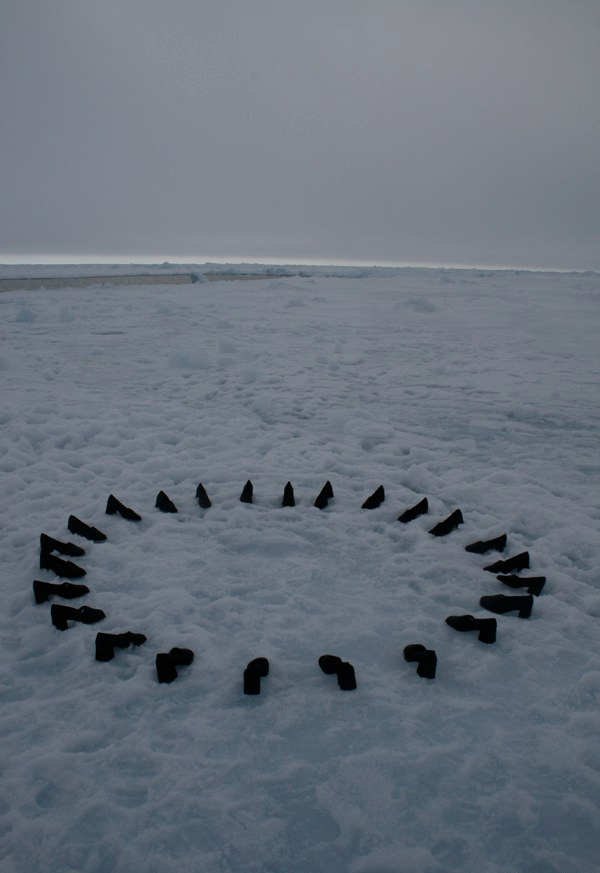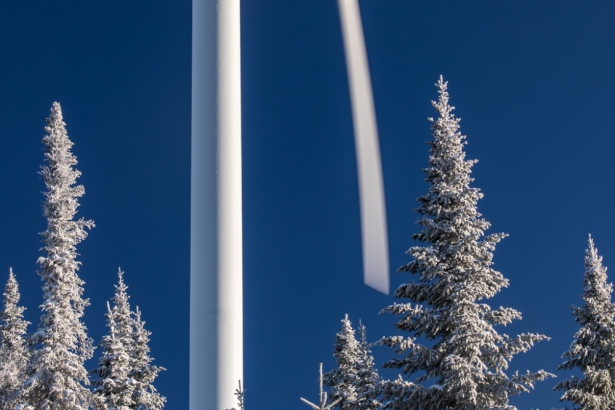This post comes from the Artists and Climate Change Blog
The Arctic Cycle is partnering with Xavier Cortada and Creative Pinellas to support the global reach of 90N: North Pole Installations. As Cortada’s work demonstrates, the melting of the North Pole will have implications for every being on this planet, from the eight Arctic states to the Florida coast, and everywhere in between. And we cannot tackle this challenge alone. By amplifying the local exhibition of 90N to a broader global community, we seek to inspire, motivate, and equip more audiences with tools for action. Through the course of this summer, we will share the visual and participatory elements of 90N on our A&CC blog and social media platforms. The outcomes of this process are exponential, and we are working with Cortada and Creative Pinellas to note and promote the sparks of connection along the way.
___________________________
90N: North Pole Installations and Florida Is Nature is an exhibition of artwork by internationally-acclaimed artist Xavier Cortada, a Florida-based artist who has developed numerous art projects globally, including art installations at the North and South Poles to address environmental concerns at every point in between. 90N features over 400 pieces, as part of the following categories:
ARCTIC ICE PAINTINGS
In the summer of 2008, Cortada used Arctic ice to create a series of Ice-paintings aboard a Russian Icebreaker as it made its way back from the North Pole.

Xavier Cortada, Arctic Ice Painting | “90N-01,†12″ x 9″, North Pole sea ice, acrylic, and mixed media on paper, 2008.
NATIVE FLAGS
At a time when melting polar sea ice had many focus on which political power control the Arctic (using the Northwest Passage shipping lanes and the petroleum resources beneath the sea ice), Cortada planted a green flag and reclaimed it for nature. To do so, he developed Native Flags, a participatory eco-art project that engages others in planting a green flag and native tree in their homes to prevent the polar regions from melting. Reforestation sequesters carbon from the atmosphere, helping reduce greenhouse gases that warm the planet.

Xavier Cortada, “Native Flags | North Pole,†2008.
ENDANGERED WORLD
Cortada highlighted the need to protect our endangered species by placing the names of 360 endangered animals in a circle around the North Pole, each aligned with a longitudinal degree in which the struggle to survive in the world below.

Xavier Cortada, “Endangered World | North Pole,†2008.
LONGITUDINAL INSTALLATION
As he did in the South Pole, Cortada placed 24 shoes in a circle around the North Pole, each shoe representing a person living in a different part of the world affected by climate change. Afterwards, he approached each shoe and recited a statement from each person about the impact of global climate change in their lives.

Xavier Cortada, “Longitudinal Installation | North Pole,†2008.
NORTH POLE DINNER PARTY
On June 29th, 2008, Cortada arrived at the North Pole to create ritualistic installations addressing global climate change and the melting polar caps. One of Cortada’s performances included a ritual where he fed his fellow travelers pieces of ice collected at the North Pole, thereby integrating the North Pole into their very being. “I figured that if they ingested a piece of the North Pole, it would become part of them.†said Cortada. “The North Pole water molecules would be swirling through their bodies. The North Pole atoms would be incorporated into their very cells. My sense was that after having North Pole communion, they would protect the North Pole. If nothing else, they would do so for self-preservation.â€

North Pole Dinner Party/Miami 2008: The Green Project | Claire Oliver Gallery.
90N: North Pole Installations by Xavier Cortada is being exhibited at Gallery at Creative Pinellas, 12211 Walsingham Road, Largo, FL 33778, from June 29, 2018 through September 2, 2018. Follow along via Facebook, Instagram, and Twitter, and learn more at www.cortada.com/90N
This post is compiled with permission from Xavier Cortada’s website, where full details and more images from 90N: North Pole Installations can be found.

___________________________
About Creative Pinellas
At Creative Pinellas our mission is to facilitate a vibrant, integrated, collaborative and sustainable Pinellas County Arts Community and cultural destination. We strive to be the premier Local Arts Agency, recognized locally and globally for our contribution to arts and culture. We are focused on creating vibrant communities; supporting artists, arts organizations and the creative community; supporting economic development; showcasing Pinellas County as a cultural destination, and making arts and creative expression and experience available to all. As the County’s Local Arts Agency, Creative Pinellas and the programs we deliver are funded by the Pinellas County Board of County Commissioners, Visit St Petersburg / Clearwater, the State of Florida, Department of State, Division of Cultural Affairs and by sales of the State of the Arts specialty license plate in Pinellas County.
About the Artist
Xavier Cortada created art installations at the North Pole and South Pole to address environmental concerns at every point in between. He’s been commissioned to create art for CERN, the White House, the World Bank, Miami City Hall, Miami-Dade County Hall, Florida Botanical Gardens, Port Everglades, Florida’s Turnpike, the Museum of Florida History, the Frost Science Museum and Miami-Dade Children’s Courthouse. Locally, his work is in the permanent collection of the Frost Art Museum, PAMM and the NSU Art Museum of Ft. Lauderdale. Cortada has also developed numerous collaborative art projects globally, including peace murals in Cyprus and Northern Ireland, child welfare murals in Bolivia and Panama, AIDS murals in Geneva and South Africa, and eco-art projects in Taiwan and Holland. His studio is located in Pinecrest Gardens. For more information please visit www.cortada.com
About The Arctic Cycle
The Arctic Cycle uses theatre to foster dialogue about our global climate crisis, create an empowering vision of the future, and inspire people to take action. Operating on the principle that complex problems must be addressed through collaborative efforts, we work with artists across disciplines and geographic borders, solicit input from earth and social scientists, and actively seek community and educational partners. We manifest this mission through our ongoing initiatives, including Artists & Climate Change. Through the publication of essays, interviews, and editorials, the blog and international network Artists & Climate Change creates community and promotes the inclusion of the arts in the global climate change conversation. Since its launch in 2013, A&CC has become an educational resource for art, environment, and social change classes.
Artists and Climate Change is a blog that tracks artistic responses from all disciplines to the problem of climate change. It is both a study about what is being done, and a resource for anyone interested in the subject. Art has the power to reframe the conversation about our environmental crisis so it is inclusive, constructive, and conducive to action. Art can, and should, shape our values and behavior so we are better equipped to face the formidable challenge in front of us.

















